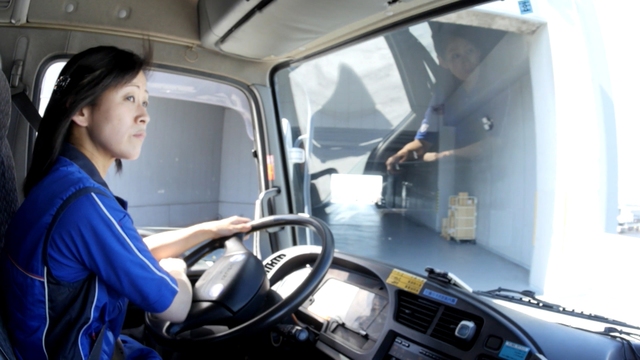Womenomics
Can Japan's ambitious new industrial strategy reboot its floundering economy?
 Japan's rapidly ageing population declined by 300,000 people last year. With a shrinking workforce and scarce immigrant labour, Prime Minister Shinzo Abe has sought to encourage more female employment.
Japan's rapidly ageing population declined by 300,000 people last year. With a shrinking workforce and scarce immigrant labour, Prime Minister Shinzo Abe has sought to encourage more female employment.
In the aftermath of Japan's latest election, Abe's ambitious 2012 "Womenomics" policy to close Japan's gender gap has a renewed focus. "There are male politicians who are against Womenomics and who hate the idea of female empowerment. But if you think about Japan's fiscal future, we need taxes from working women", says MP Yunoki Michiyoshi. Before Womenomics, the majority of women workers were only part time, in low skilled and low paying jobs. Only 38% returned to employment after having children. Sayaka Osakabe worked at a Tokyo media company, and became one of the many victims of "Matahara", or "maternity harassment", when she fell pregnant. "My male bosses told me to choose my career or my baby. If I stayed, they said I should give up my baby", says Osakabe, whose case caught Abe's eye and led to stronger anti-discrimination laws. Despite its slow progress towards 30% of women in management roles, many are optimistic that his initiatives are helping companies re-evaluate their work-hours and gender-resources. "Supporting women is not enough. We need to support those around them", says human resources director Tetsuya Shioiri.
FULL SYNOPSIS

